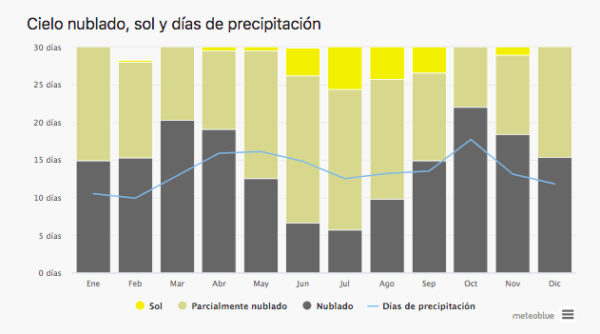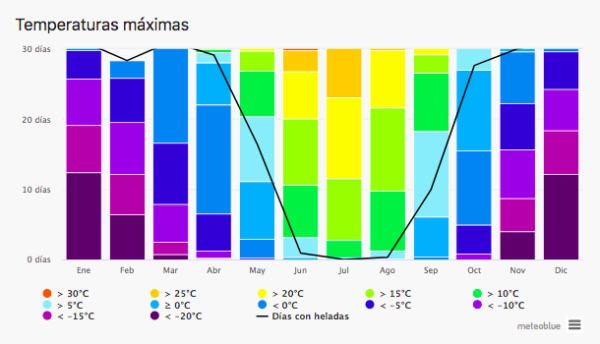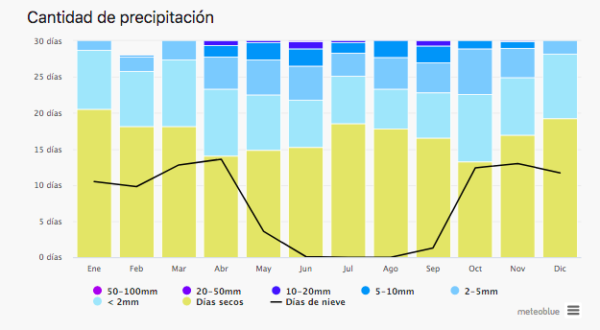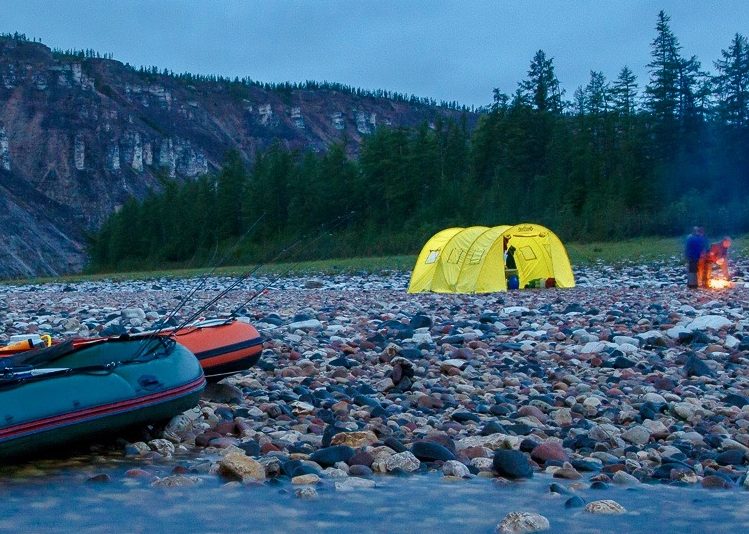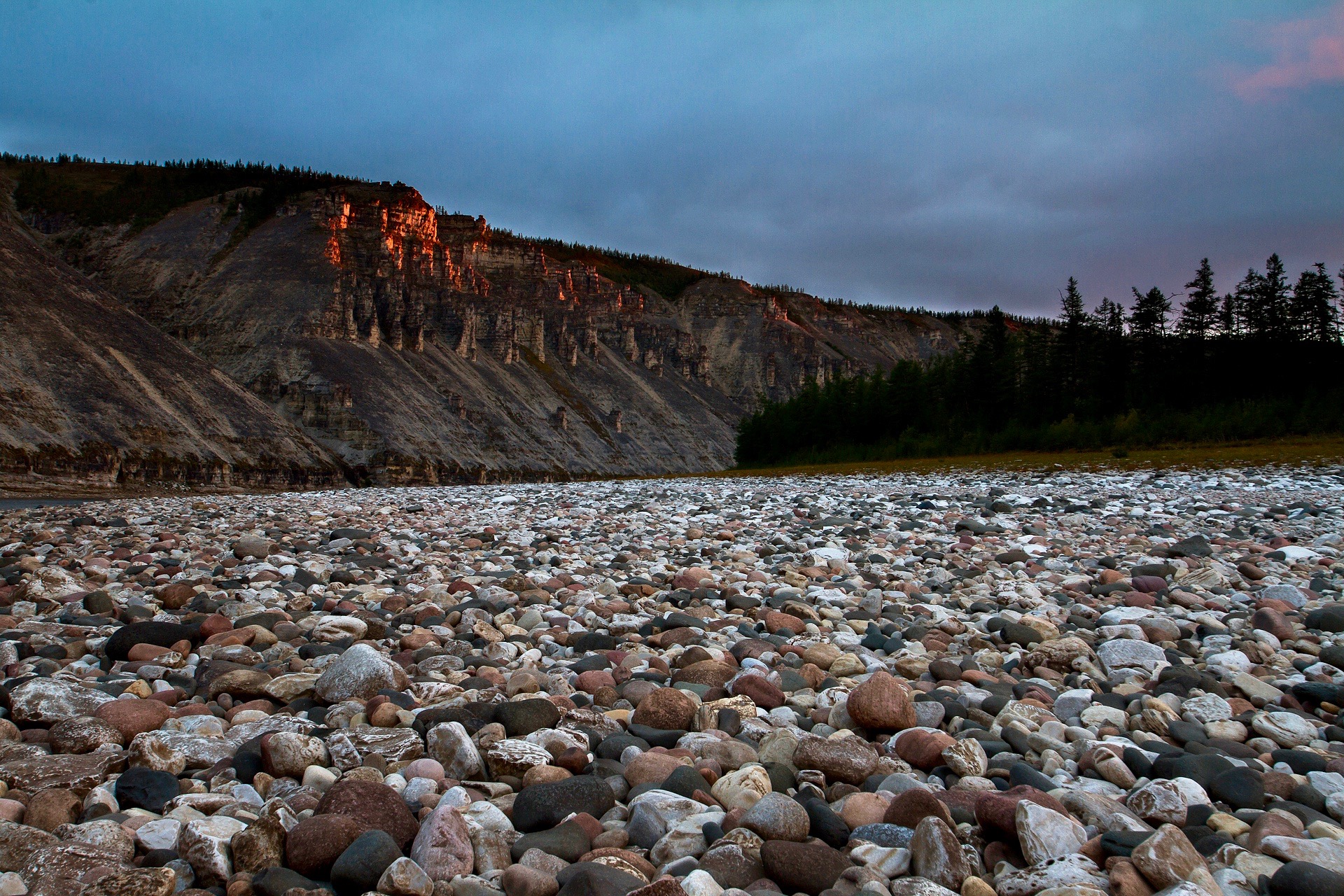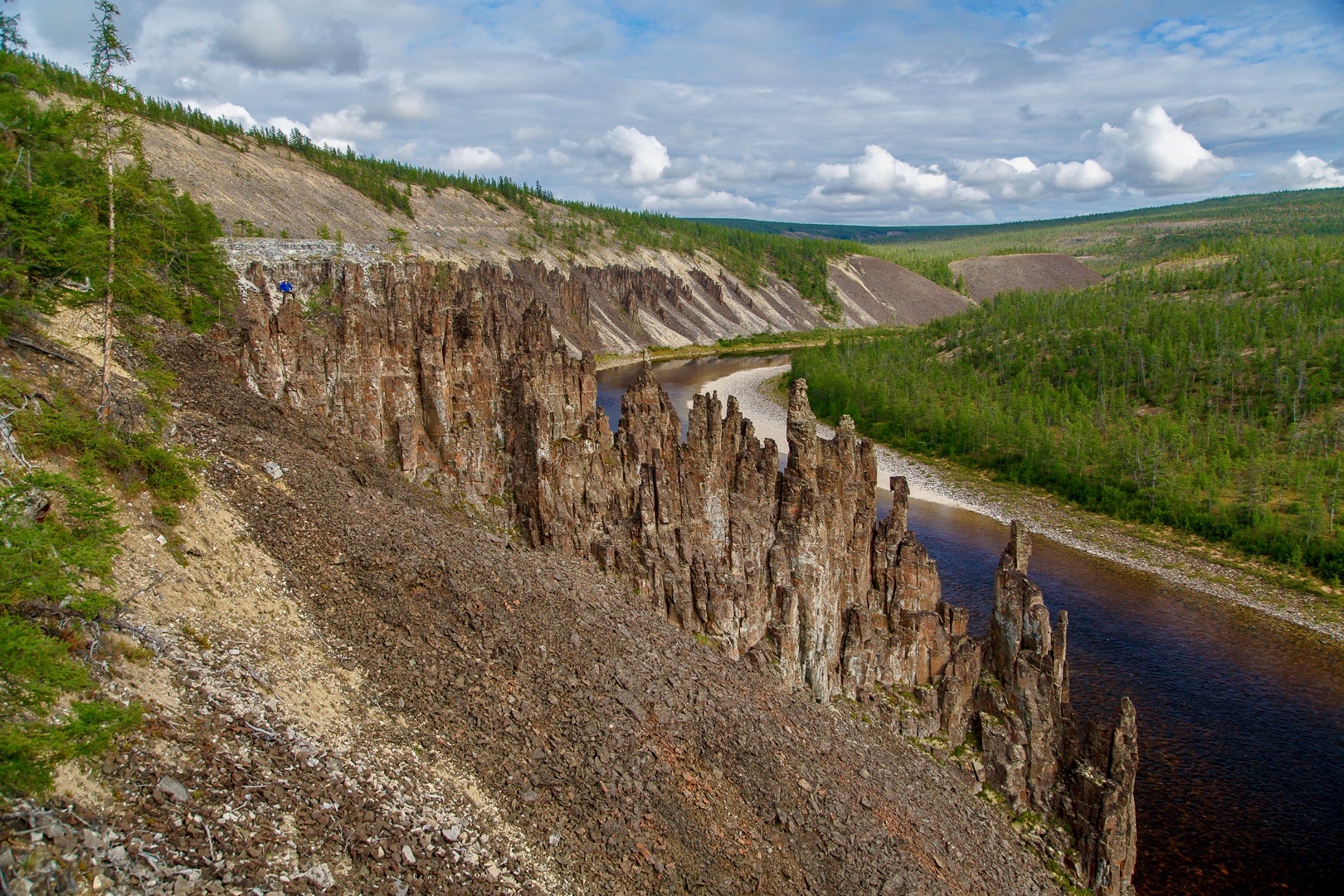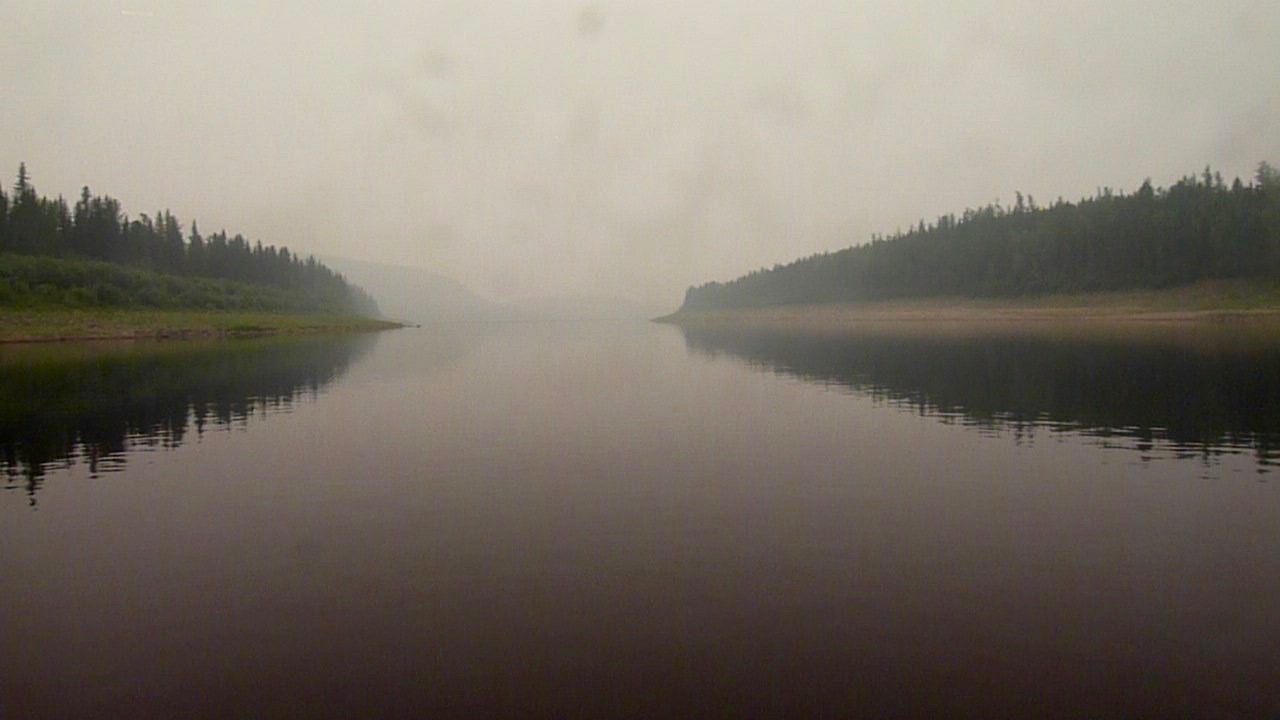Highlights
- An adventure trip to the heart of the Siberian Taiga, through one of its main rivers.
- The possibility of observing a natural wealth and landscapes, unaltered by the human being, of an overwhelming beauty and rawness.
- Discover and learn the customs and traditions, the way of life of the local indigenous population. Based on grazing, hunting and fishing.
Introduction
Introduction:
We invite you to an unforgettable trip to Evenkia, an incredible region covered with virgin, pristine and impenetrable taiga, marked by many mountain rivers. One of them is the great Podkamennaya Tunguska River, through which we will navigate for a large part of our journey, we will go up some of its tributaries and finish our route when we reach the waters of the Yenisei River. This is not a tourist trip, but a real expedition, during which the pages and unknown secrets of the Siberian taiga will be opened to us.
Traveling through Evenkia, we will learn and become familiar not only with nature. We will discover the ethnic world, the life and the traditions of the local populations: Evenks, Kets, and the “Old Believers“.
The Podkamennaya Tunguska River is known as the “Pearl of Siberia”. During the tour we will see how its high rocky basaltic stone shores that sculpt pillars, are replaced by the bright green of the taiga, which extends endlessly beyond the horizon. This river is famous for the richness of its waters, about thirty species of fish live in the river. The main inhabitants of the river are the taimen, tugun, lenok, grayling, pike and perch.
In the river the sport fishing of the taimen is practiced (fishing without death). We will also be able to fish trout to eat during our camping on the banks of the river, for example in “Lenka’s well” on the Kondromo river, or at the mouth of the Kochumdek river.

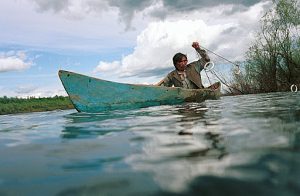
Indigenous cultures:
The Evenki (Tunguses) – one of the most numerous indigenous people from the North, preserving the identity and traditional religious beliefs. Polygus village.
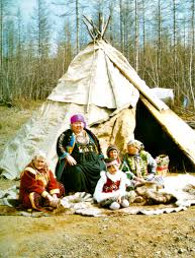

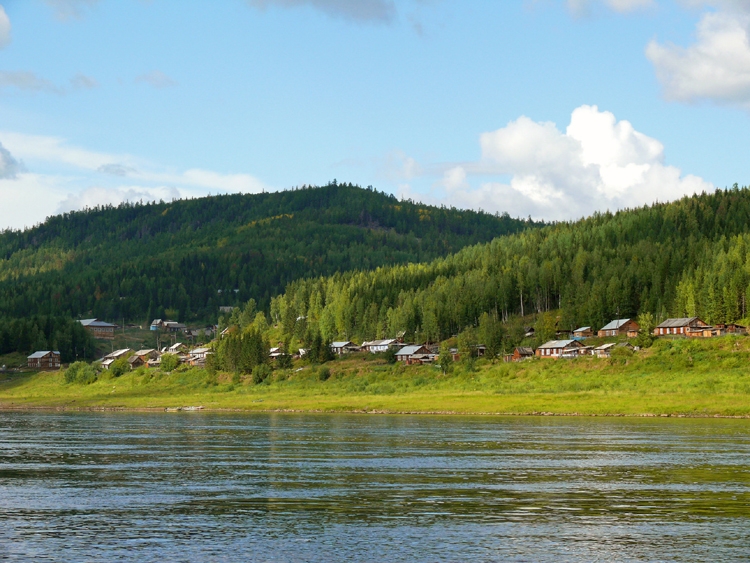
The Keti are miraculously preserved ethnic group. Despite their primarily Siberian roots, keti have a genetic link to the South American Indians. Their orthodox faith does not prevent them from believing that during the Creation period men came down to earth from the stars. Sulomai village.
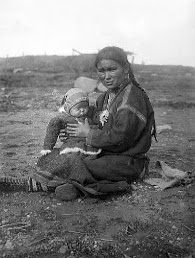
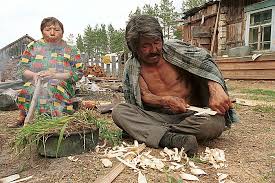
Old believers are modest and even ascetic, and their culture is full of archaicisms. Many old believers wear beards, do not drink alcohol, learn Old Slavic, and some wear traditional clothing in their daily lives. Burny village.
Climate:
The climate of this territory is temperate continental, which manifests itself mainly in the temperature regime. Average temperatures in January are -25 … -26 ° С, the minimum temperature reached is -62 ° С.
The average temperature in July is +16 ° С, the maximum temperature is +37 ° С.
The amount of precipitation is moderate: in the western part of the reserve, its average annual quantity exceeds 400 mm, in the eastern part it reaches 580 mm. The western ledge of the plateau and the upper basement plain are upwind with respect to wet atmospheric flows, as a result of which the amount of precipitation increases from west to east.
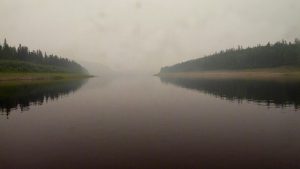
In the western central Siberian plateau, the deepest winters are observed throughout Siberia (excluding the mountains of southern Siberia). The average depth of snow in the east of the reserve reaches 114 cm, the maximum – 140 cm, and in its western part – 94 and 120 cm, respectively.
The reserve is characterized by long winters, pleasant spring, short summers and early autumn. The snow already falls in the first fortnight of October, and in the second fortnight a stable snow cover is formed. The melting of the snowy surface begins in early or mid-May, the snow generally finishes melting in late May. On the north-facing faces of the taiga, the snow fields persist until July.
Phenologically, the beginning of summer is generally observed in the early second decade of June, the beginning of autumn in the third decade of August. The average frost-free period in the east of the reserve is 65 days, in the west: 96 days.
The Central Siberian State Reserve
The Natural Biosphere Reserve of the State of Central Siberia was established by Decree of the Council of Ministers of the RSFSR on January 9, 1985.
Preserving 1,019,899 hectares of land, (10,199 km²) the Central Reserve of Siberia is one of the largest forest reserves in the world. The Yeloguisky State Nature Reserve covers an area of 747,600 ha.
In 1987, by decision of UNESCO, the Siberian Central Reserve was included in the international network of biosphere reserves.

In the Reserve they have been cataloged
- More than 654 vascular plant species
- 7 species of conifers;
- 35 species of ferns, horsetails and piles;
- More than 150 species of mosses;
- 223 species of lichens;
- 45 species of mammals;
- 274 species of birds;
- 4 species of amphibians and reptiles;
- 35 species of fish;
- More than 700 species of insects;
- More than 420 species of spiders.
The reserve is located in the middle subzone of the taiga. The region is characterized by three main types of habitats (Bursky, 2002).
Vegetation:
In this area of the Siberian taiga we can find mainly 3 vegetation areas:
1. Coniferous dark taiga
It is dominated by Siberian cedar (Pinus sibirica) with a mixture of Siberian spruce (Picea obovata), less frequently spruce (Abies sibirica), and a continuous covering of moss. This is an extended but unproductive forest type, although conditions here are quite stable.
2. Burned taiga
This habitat represents a wide variety of successive vegetation stages derived from the dark coniferous taiga after a fire. Recent fires are often semi-open habitats with plenty of dead trunks and branches, a dense, young birch population, covered in dense grass. Over time, they become a forest dominated by deciduous species: birch (Betula pubescens) and aspen (Populus tremula), and a mix of Siberian larch (Larix sibirica). In many cases, fires are heterogeneous, consisting of sections of residual forest stands and, to varying degrees, burned fragments, including those that have been repeatedly exposed to fire and are at different stages of overgrowth.
3. Floodplain habitats
The flood plains develop mainly on the left bank of the Yenisei River and occupy an area incomparably smaller than the taiga and burned areas. However, due to the great variety of conditions and, consequently, the great variety of plants and their high productivity, this habitat largely determines the diversity of the avifauna of the region (Forstmeier et al., 2001; Bursky, 2002).
Floodplains are characterized by two main types of vegetation: talnik thickets (mainly Salix dasyclados), subject to annual floods, and mixed alder forest-shrub (Alnus hirsuta) complexes with spruce (Picea obovata) and fir ( Abies sibirica), with dense undergrowth of alder (Alnaster fruticosa). Among these forest and shrub habitats, there are open areas of natural tall grass meadows, overgrown lakes, swamps …
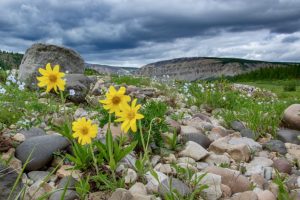
Wildlife:
In this area of Siberia, within the Reserve, 274 species of birds have been counted! They are concentrated in the riverside areas, swamps and the small towns that are found on the banks of the rivers. in the closed taiga and little diversity.
As for the mammals, there are 46 typical species of the taiga. Moose, reindeer, musk deers, brown bears, gluttons, 8 different species of marten, 2 species of hare, flying squirrels.
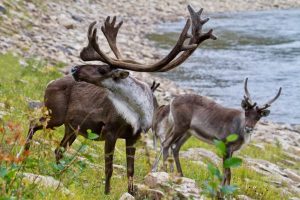
The wolf is rare and avoids continuous taiga but it is present, just like the fox and the arctic fox.
The brown bear is a typical and common inhabitant of the reserve and outside it. It prefers the forage river valleys, which are often found in the Yenisei floodplain. The number is not particularly high, generally no more than 2-3 animals per 100 km² In especially forage areas – in pine forests with a good harvest of fruits, in spring in riparian areas rich in wild cherry trees, in red cranberries, and in places on the Yenisei floodplain – the number of bears is greater. Often attacks moose.
The wolverine is a characteristic beast of the Yenisei taiga and the entire reserve. She is very careful, and in summer it is almost impossible to see the glutton. On average, their number is unlikely to exceed 1 beast per 100 km² of taiga. It is a strong animal that can reindeer and even small elk, it is a well-known within the reserve and surroundings. Hunters don’t like the glutton, as he often goes to hunting areas and eats the animals that have fallen into his traps, or cleverly reduces the traps by eating bait.
The musk deer in the reserve is very rare and is regularly found only in its easternmost part: In Evenkia, in the landscapes of the central Siberian plateau.
- Accommodation in Baykit
- Organization and accompaniment in the activities and airports of Baykit and Bor
- Boats with payload for 10 people, with capacity to remount rapids (Solar 450) and escort boat
- Fishing gear
- Camping equipment: tents, kitchens, dishes, mats, sleeping bags
- VHF radio and satellite telephone communications
- Solar charger and generator
- Russian-Spanish-English interpreter
- Meals during the expedition including local
- Local (armed) guides and Amaroq Explorers guide
- Entrance and permits to theCentral Siberia Nature Reserve
- Activities according to the program
- Management and processing of VISA for entry to Russian territory (contact us for advice)
- Flights to / from Origin – Muscú – Krasnoiarsk – Baykit – Bor
- Personal expenses such as drinks, tickets, phone calls …
- Flights Moscow-Krasnoiarsk-Moscow (approximate cost 400.00 EUR)
- Accommodation in Moscow / Krasnoyarsk, if necessary (contact us for advice)
- Travel insurance
- Excess baggage
- Equipment / personal clothing, backpack, warm clothing, etc. Contact us for advice
- Other services in Moscow and Krasnoiarsk
- All services not specified in “included”
-
Arrival at Baykit from Krasnoyarsk. From the airport we will travel by vehicles to the hotel.
– Visit to the Lore Museum Local Baykit, Evenki “Hinken” ethnic center (translated from Evenki Spark), it will be possible to chat about its traditions and floklore with a museum specialist.
Until the 1930s, Evenks were known as the Tunguses. This name comes from the Yakutian term, then the Russians adopted the exonym, reflecting it in reports and historical documents. Evenki’s proper name is Evenkil, which translates as “people living in the mountain forests” or “crossing the ridges”.
– Visit to the sacred spring (spring water) named after “Sergei de Radonezh“, spring does not freeze even at -50 degrees!
Preparation for rafting, instruction, additional purchase of products and gear for fishing in Taimen.
Hotel accommodation.
-
The first point on the river route is Polygus. It is located on the Podkamennaya Tunguska River (in Evenk “Katanga” – Medium Sister) at a distance of 128 kilometers from the town of Baykit.
With a calm rhythm, along the route we will make stops to fish / observe the fauna and take photographs in t the tributaries. These are the rivers of the mountain taiga: Yukta, Ogne, Bolshaya Nyurigda, Khadatkan – We will be able to fish grayling (from the salmonid family) There are also the lenok and taimen, but their fishing is only allowed in the fishing mode without death.
The nature of Siberia is a paradise, also for the photographer! The landscape, especially at the confluences of the main river with its tributaries, its banks and steep rocks, singular reliefs like the pillars, some with their own name as “the grandmother”, the rapids called the “grandfather” are unforgettable for their beauty.
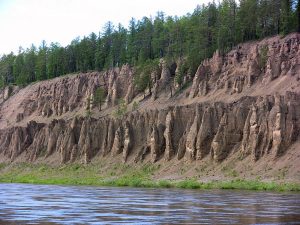
At the beginning of the rocky ridge is the rapids called the “Grandmother”, at the end – the rapids called the “Grandfather”, this is the most turbulent place in the Baikit – Polygus section.
There are two legends about these strange names: an old man and an old woman who once lived on these shores. They were engaged in fishing. Once, the old woman climbed into a boat and drowned near the top rapid. The old man, who was in another boat, started looking for the old woman. In the bottom fast, his boat spun around and he, too, drowned.
Since then, they began to call these rapids the “Grandmother” and the “Grandfather”.We will arrive at Polygus at sunset. If we find a brigade of reindeer herders, we can share their journey and become familiar with the nomadic life of the Evenkis herders, their culture and traditions.
We will spend the night on Ingid Island in a tent camp.
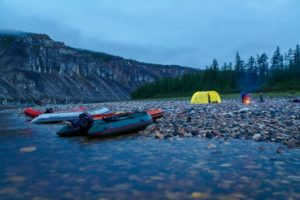
Foto: Salavat Kabdoussev Night fishing, dinner, and relaxation.
-
After breakfast, we will pick up the camp and return to the boats to continue on our way.
Our destination is the tributary called Kondromo.
Lenkovaya day on the Kondromo river.
We will set up a camp.
Our activity zone will be about 20 – 25 km upstream. We will look for the best areas to fish and observe nature: moose, bears, eagles … We will use areas where the river is in turn fed by other tributaries, and there are areas with faster waters.
Lunch.
Мышкование – At dusk we will fish the Taimen with the “mouse” technique.
Dinner and rest.
-
Breakfast and pick up from the camp.
We will leave for the town of Burny, the town of the old believers. It is located at the confluence of the Velmo River and the Podkamennaya Tunguska. This stage of navigation from the elevation of the Kondromo river to Burny is about 100 kilometers.

During the route, we will cross two areas of rapids: the Muchnoi Rapid (Мучной) and the Semniversti (Семиверстный), three rapids in a cascade but the boat guides know these places well. Of course, we will make stops “for tea” and to fish, photograph or just relax in places promising for its wealth, along the tributaries of the Podkamennaya Tunguska.
Upon arrival in the village we will have dinner with locals from the “ethnic group” old believers, we will try their kvas (beer-like drink), we will visit and enjoy a sauna, where we can chat with the local population: the old believers. By agreement with the village elders we will visit their church. For them it is important, so we will show the deserved respect.
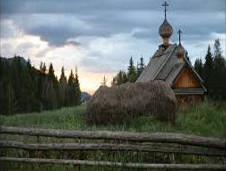
“The only Old Believers village in Evenkia was founded by the” Tomichi walkers “(ходоки-томичи), who set out in 1930 to search for private land to the north. Their envoys found this place at the mouth of the tributary of the river Podkamennaya Tunguska – Velmo, at the place where the Burnaya River emptied. On a high plateau in the taiga, they cleaned a place under the village, settled in one summer, built small houses, created gardens, orchards and fields, planted and worked them Since then they have been living here for more than 80 years. “
We will spend the night in our camp, which we will set up near the town of Burny.
-
After breakfast, we will set up camp and head towards the Yudalomo River.
For this we will cross the Velminsky rapids.
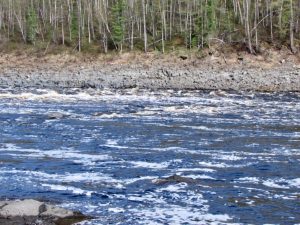
Foto: Salavat Kabdoussev We will be able to fish trout (grayling) and lenok. We will make a brief stop in the town of Kochumdek to replenish food and fuel. You can practice sport fishing in the Kochumdek river or take an excursion to track animals and observe the surroundings. We will spend the night on the island of Kukuy, where we will set up the camp. This navigation stage will be about 133 km.
The Kochumdek River is a major tributary of the Podkamennaya Tunguska River. There is a large amount of grayling and lenok in the river, taimen is frequent. This river is their favorite habitat.
-
As will be our routine, after having breakfast and picking up the camp, we will continue on our way. Our target today will be the territory of the Siberian Central Reserve. We will make a walking route through the area. We will have the opportunity to be accompanied by guards from the reserve.

The Central Siberian State Natural Biosphere Reserve is a true gem of Central Siberia. Protected species, endemic to this territory, inhabit it. Geologically it is also interesting: Its “pillars”, unique deposits from the Paleozoic era, beautiful waterfalls, and landscapes that have not been touched by civilization. A place that will leave its mark on our hearts.
Dinner, rest and overnight in tents
-
Breakfast, pick up from the camp and start the navigation. We will have to travel 30 kilometers to the town of Sulomai, translated from the Keti language, “red blood“, or “red mountain“.

Upon arrival we will talk to the locals.We will meet with “the keeper of the history of the Kets”, we will understand their customs and the way of life of this small nation. There are only 138 inhabitants. 
The name “keta” comes from the word ket – “man”. It has been established in Russian since the 1920s. Before that, keti were known by the names of Ostyaks, Yenisei Ostyaks, Yeniseys.
The Keti: one of the smallest ethnic groups in northern Siberia.

In Swan Spit, not far from the village, keti locals will build a birch bark chum for us to spend the night.The “Sulomai Pillars” are a natural monument, cataloged as such in 1982. People call this monument “Cheeks”. It is a canyon with almost vertical walls, whose height reaches 120 meters, and in some places 150 meters. The nature of the rocks created the figures of “people”, who are popularly known as “Grandmother”, “Mother”, “Grandfather”, or “granddaughter”. Each of the pillars has its own name. There is a legend about these pillars. The keti say that during the war in these places a family died of starvation. Since then, stone figures of family members, the pillars, have appeared.Overnight in the birch bark chum, dinner and rest.
-
Spare day.
We can dedicate this day to get to know the Keti people better, enjoy this beautiful natural environment, or dedicate it entirely to fishing in Taimen and relaxing.
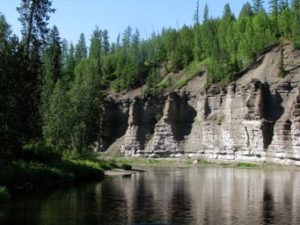
-
After breakfast, we will be en route to the town of Bor. The distance of this stage is about 70 km.
We will try to reach the town of Bor at around 3:00 p.m.
There is time to finish the accounts, have lunch and head out to the “Podkamennaya Tunguska” airport to take the flight back to Krasnoyarsk.
-
Flights to destination.
End of program.
